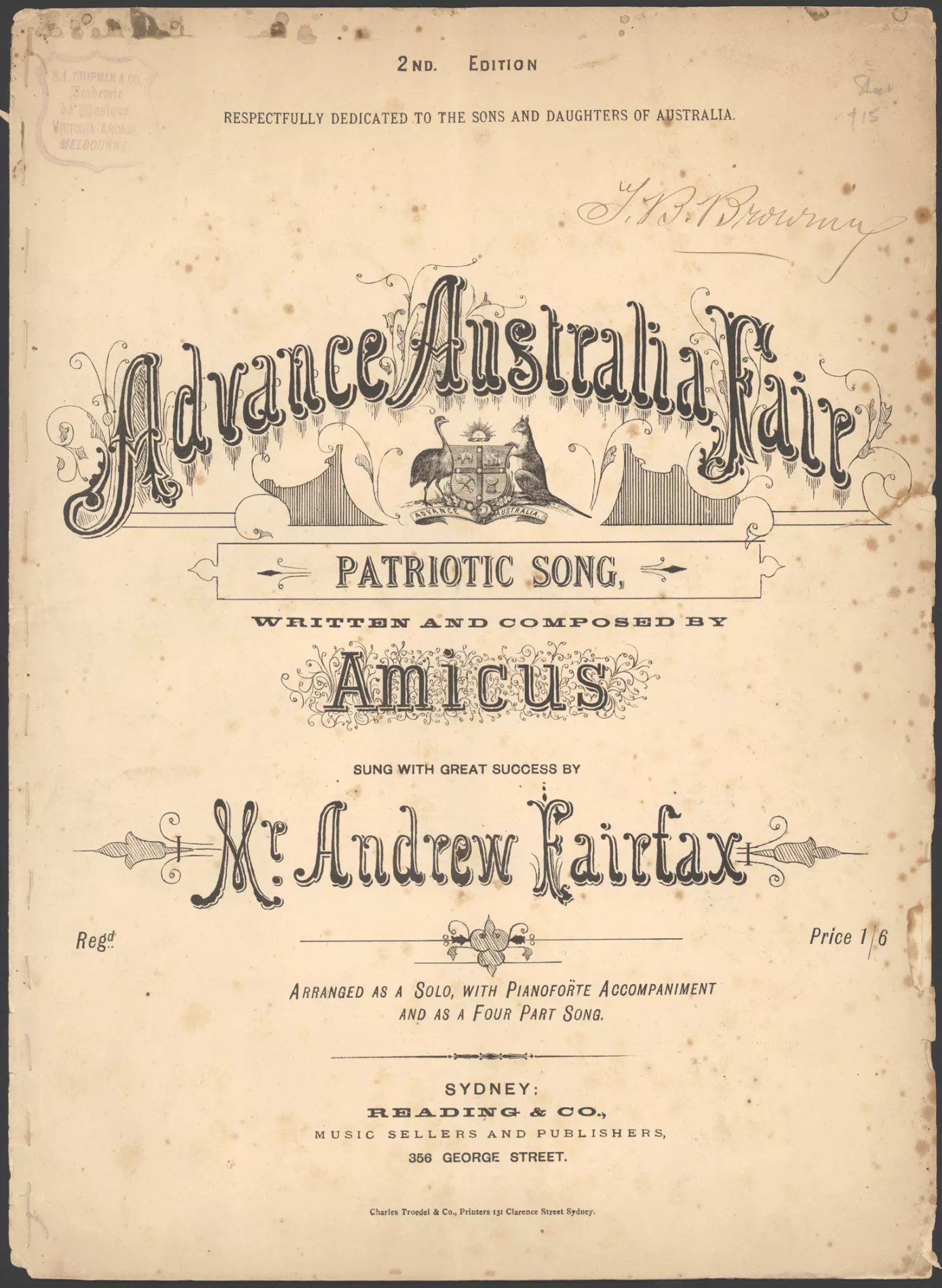How to spot and respond to misinformation and disinformation
Tactics to help you navigate false information.
A healthy democracy relies on citizens trusting that they can make decisions based on fair and accurate information. False and misleading information can damage this trust. We are surrounded by a large volume of information every day and it isn't always clear what is 'true' or what is 'fake'. There are simple things we can do to slow down and ask useful questions about the claims being made.
Even the words we use to describe false and misleading information can be confusing. Here is a brief breakdown of the key terms.
Misinformation
False and misleading information created or shared by mistake, without the intent to mislead.
Misinformation is just one type of false information, but it is often inaccurately used to refer to any false, misleading, biased or manipulated information.
Disinformation
False and misleading information created or shared to deliberately mislead people.
Malinformation
Information based in fact that is manipulated, presented out of context, or shared to deliberately cause harm.
Why social media can spread false and misleading information
Social media companies benefit from large numbers of users interacting with content on their platforms. These platforms, along with brands and creators, make money and gain influence by keeping people engaged.
Money is made on social media through advertising revenue, with clicks and views driving the type of content, factual or not, advertisers spend money on. In addition, people can use false or misleading information to convince people to buy their products or services.
Inaccurate and misleading information can also be used to influence people via social media by, for instance, spreading false narratives or claims. These claims can encourage people to follow a particular political party or group.
Misinformation or disinformation can be spread by individuals, businesses, political lobby groups, foreign state-backed organisations, and other groups with something to gain.
How to spot false or misleading information
False amplification of content
Fake social media accounts and bots can be used to make a social media post appear popular. Popular posts are favoured by social media algorithms and are shown to a wider audience. Not only do popular posts reach a bigger audience, they also seem more legitimate. In addition, people can pay for posts to reach specific groups through advertising or sponsored posts. Using popular hashtags even if they're unrelated to the content in the post is another way to falsely amplify social media posts and reach audiences.
Emotive language and time pressures
Using highly emotive words is another common tactic designed to make people click and share without pausing to think. Or time pressure may be employed, for example, 'This special offer will expire in 10 minutes'. The aim is to get people to make a snap decision to share the information or act before they think it through.
Fake or manipulated media
Generative AI (artificial intelligence) and other technologies can be used to create fake or manipulated audio, videos and images (sometimes called 'deepfakes') to mislead and influence people.
How to respond to false or misleading information
Talking with family and friends
If you think a friend or family member has shared or believes something that is false or misleading, it can be hard to know what to do. Respectful debate and conversation are important parts of a healthy democracy. Instead of jumping straight to correction, try asking questions to understand where the other person is coming from and where they found their information. Be transparent about your own understanding and your sources and be open to learning a new fact, adopting a new perspective, or having your own information fact checked.
Ask yourself a couple of questions
When you see information you're not sure about, or that makes you emotional, take a moment to consider these questions:
- Who made this content and why? Are they a reliable source? How could they benefit from this content?
- Is this content based on fact or opinion? Is this a fair representation of an issue/person?
- What evidence exists to support the claims being made?
- Is this content trying to get an emotive response from you? If so, why?
- What are other information sources saying about this?
- Is there another part of this story you might be missing?
Spotting misinformation and disinformation during an election campaign
In Australia, official election advertisements must be authorised and include an 'authorised by' statement. If a post appears to be from a party and does not include this, it shouldn't be trusted. You can also look up the person who authorised the advertisement to check who they are.
If you've seen a political advertisement on social media and want to check if it's legitimate, you can use the Facebook Ad Library, Instagram Active Ads feature or Google Ads Transparency Centre to find out what other adverts an organisation, person or group is posting. If they are posting very different or opposing claims, this is a red flag that they may be trying to manipulate and deceive people.
During an election, political parties and candidates will make many claims and counterclaims. It can also be helpful to compare different parties' claims on a similar topic.









